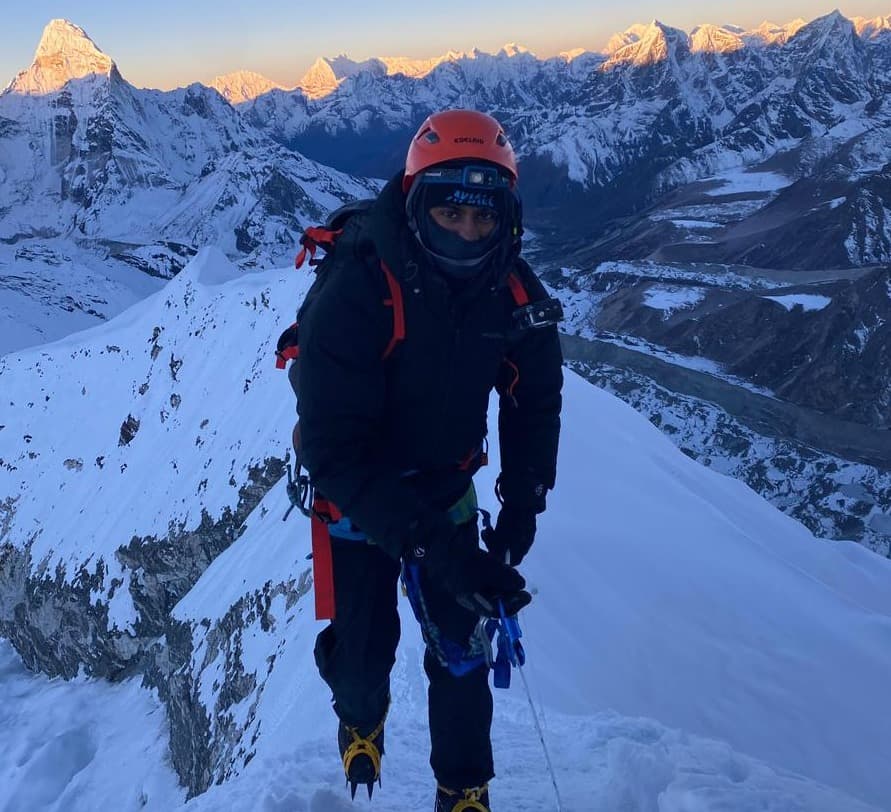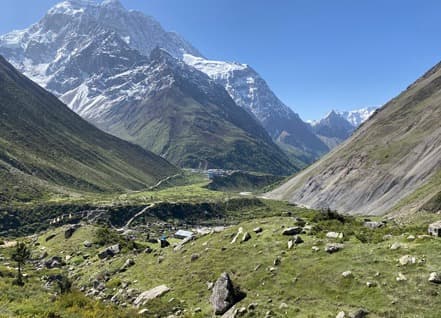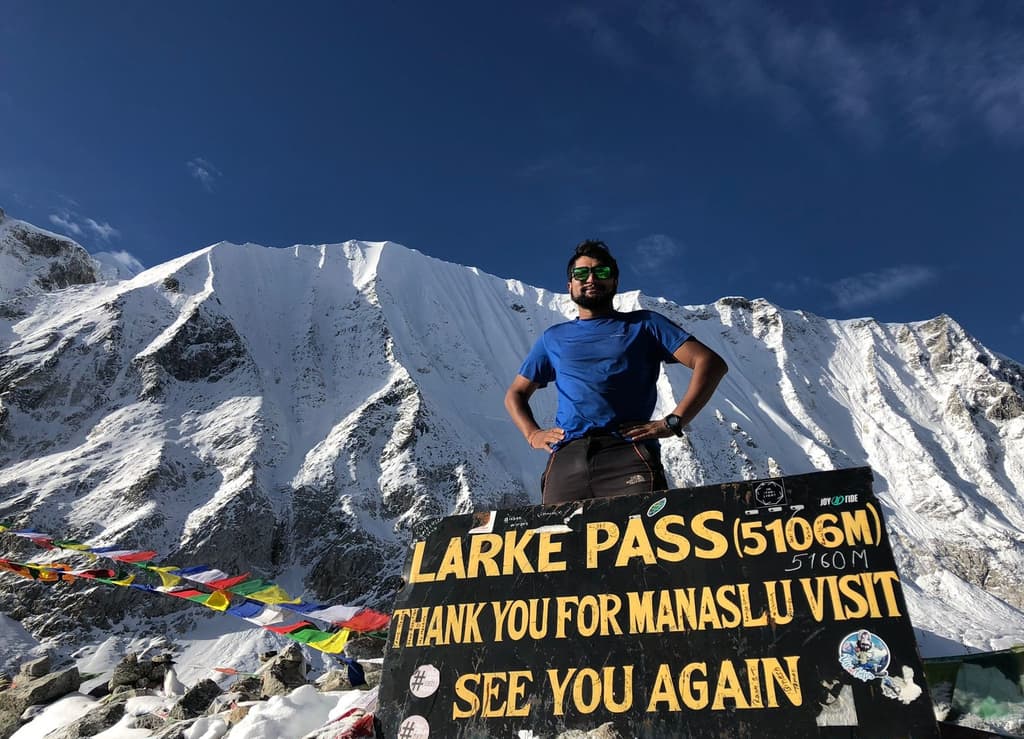Heaven Himalaya Treks and Expedition is a trusted Himalayan adventure company dedicated to delivering world-class trekking, tour, and expedition experiences across Nepal, Tibet, Bhutan, and India. Based in the lap of the Himalayas, we are passionate about sharing the region’s breathtaking beauty, spiritual depth, and cultural richness with travelers from around the globe.
At Heaven Himalaya, we believe that every journey should be more than just reaching a destination—it should be a life-changing experience. Whether you're dreaming of trekking to Everest Base Camp, exploring the remote trails of the Manaslu Circuit, witnessing the ancient wonders of Bhutan, or embarking on spiritual tours in Tibet and India, we are here to make your dream a reality.
With us every trek is more than just a trip it’s a once-in-a-lifetime adventure crafted with care, passion, and expertise. Ready to explore the Himalayas with us? Let’s make your dream journey come true.






























